Oh the stud finder. The most hated and most loved tool around. Why are stud finders the most loved and hated tool around? Well, when you find a stud or object, you love it. When you are told an object is behind a wall and nothing is there, well then you hate it. I guess you can say it comes down to accuracy. Over the years these type of tools have greatly improved, but let’s face it, there is always room for improvement. So why is it that accuracy is not always 100%? Simple, each wall is different. You can have drywall or plaster. Sometimes the pipes or studs are closer while others are far away and yes the fact of human error. In the past I have used the Franklin stud finder for finding wood studs, but there are times you need more than just finding wood studs and that is where the Bosch GMS120 Wall scanner comes into play. This tool is not just for finding wood studs it’s for so much more and that’s why they call it the wall scanner.
Bosch is known for making professional tools and that is one reason I gravitated towards the GMS120, plus it finds more than just wood studs, it’s a Multi-Detection device. The Bosch can detect woods studs, metal objects such as metal studs, rebar, steel and copper. The finder will also find live wiring. The unit is a good size where it fits in your hand nicely and is easy to slide along the wall. It is powered by a 9V battery and weighs 1.7 lbs. As you can see by the pictures below, this is very easy to operate. There are only six buttons. The red button is the on/off. Right below this button is a back light button which will allow you to see the screen in darker environments. Under this button is to turn on/off the audible alerts. The top three buttons are to select the mode of operation. The first is to detect wood, the second is to detect metal and the last button is to detect live wiring.
The screen is large and easy to read. The screen provides a lot of information such as type of material, battery life, location of object and detecting strength. Above the screen you can see a hole which is great for marking items. Around the hole there is a light that will light up green, yellow or red depending upon if you find something behind the wall. What I like about this scanner is how the user knows something is behind the wall. You can hear an audible sound, see a light or just read the screen. So what are the depths of detection? This will detect steel up to 4-3/4″ in cured concrete, copper wiring up to 2″ Non-ferrous metals up to 3-1/8″ and wood up to 1-1/2″. Not bad for a small little hand held unit. Okay so how does it work?
This unit couldn’t be any simpler. Just turn the unit on and select your mode. The unit will calibrate itself. Take the unit and slide it along the wall. I found it much easier and more accurate when I located an object, I would pass it, leave the detector on the wall and then go back over it. I have to say it was pretty much dead on accurate with the center line of the object when I did it this way. Time and time again I could find the center line. I even took it over to Tom’s house where I was able to find a wood stud through plaster, which I didn’t think it would do, but it did. One thing I would recommend is that if you are going through plaster and having a hard time, turn the unit to metal and try finding the nail line and that will indicate a stud also. But of course some houses have the chicken wire embedded into the plaster and that will make it hard. Now I can’t say it was 100% accurate all the time because it wasn’t. However when I did take my time and sometimes I had to do two scans, it was one of the most accurate scanners around, for its size and price.
The one problem I had was finding live electrical. This was very hard to pick up when the wire was in conduit. I understand conduit is a protector, but just something to point out. However when I switched to metal, it would find the conduit right away. For other live wire not in conduit, it did a pretty good job. Not great, but it would find it.
![]() Bosch GMS120 Digital Multi-Scanner
Bosch GMS120 Digital Multi-Scanner
Overall for the price and what this scanner can do, along with the accuracy, it is a great scanner. You can get something less expensive for just wood and you can pay a lot more for something more sophisticated. But for the price and what this can do, it’s hard to beat. I like the large screen, plus the audible alerts and visual alerts. I like this because it gives the user more options than just a plan stud finder and this won’t break the bank. If you are going to use this more for live wiring, I have seen better. But if you are going to use this for wood and metal objects, it is worth investing into the Bosch GMS120.

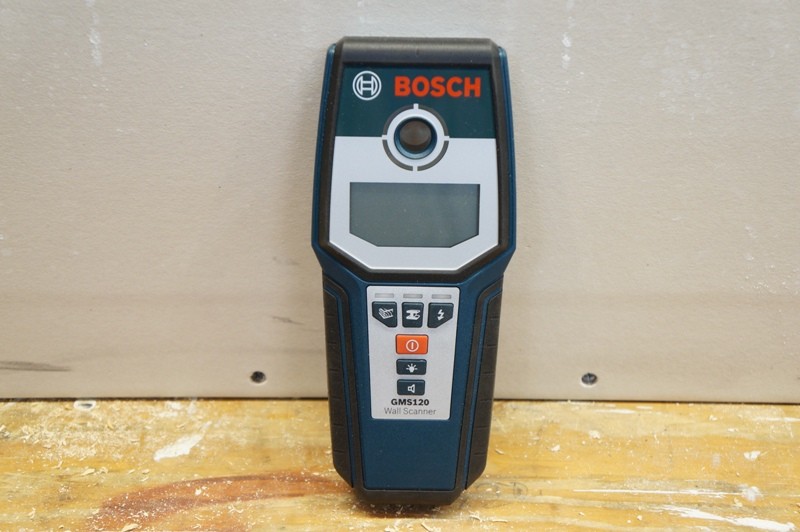

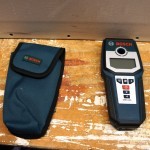
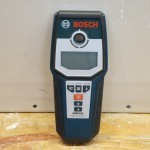
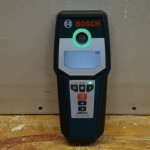
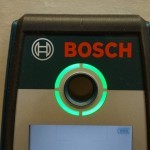
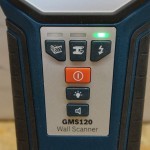
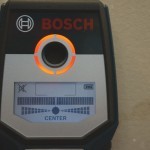
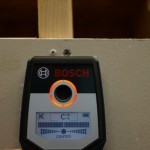
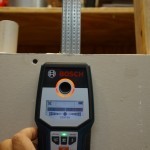
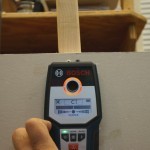
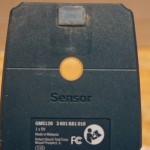
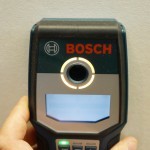
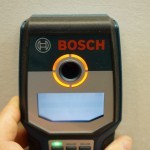
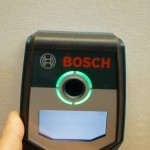
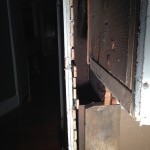
I was thinking of getting this wall scanner but here it sell for 208$ so i’m waiting to see a review of the 12v dewalt scanner
Great review, thanks!
What would you recommend for live wiring then (ideally a product with metal detection as well)?
One can NEVER find any electric through a metal conduit of any kind. This creates a (usually grounded) shield. In fact you will not be able to find any shielded wire that carries any current using electric mode. Switching to metal is the correct mode.
The question is does this unit find plastic water pipe, PEX water pipe, copper pipe, (and do the plastic water pipes need to be water filled), shielded electric wires, data comm wires etc? Will it find studs (metal and wood) through concrete backer board? Will it find studs (metal and wood) and or all the other modes through tile plus concrete backer board or hardy board?
You guys are doing a good job but obviously know know little about the actual needs of the tradesmen of the many trades that might need this tool.
I found the scanner to be a total loss..
Did Mr Bosch himself write this review ?
Sorry, for the price I can not say this is value for money
Yes, this was released back in 2013 so I am sure there is much better stuff on the market today.